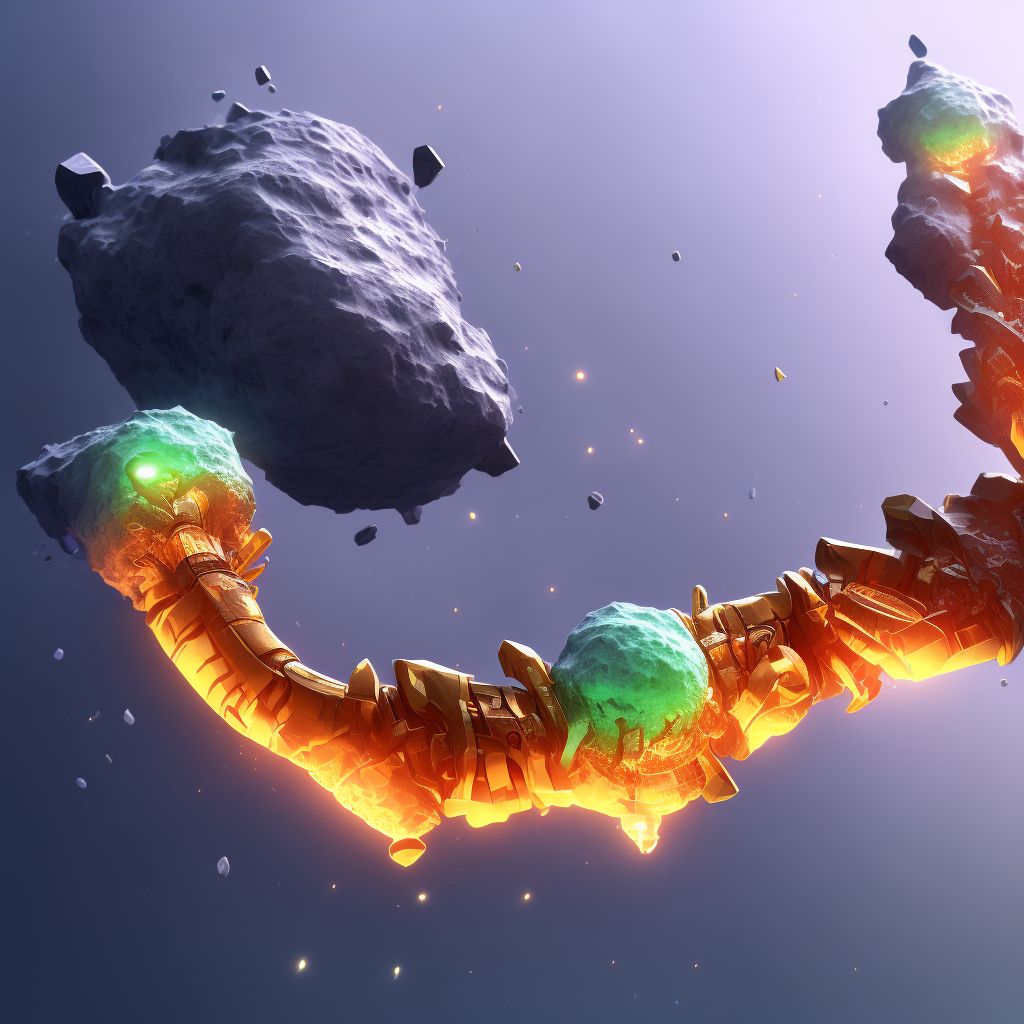
Nondisplaced oblique fracture of shaft of left tibia, subsequent encounter for closed fracture with nonunion Save
ICD-10 code: S82.235K
Disease category: S82.235: Nondisplaced oblique fracture of shaft of left tibia
Nondisplaced Oblique Fracture of Shaft of Left Tibia: Understanding Subsequent Encounters for Closed Fracture with Nonunion
A nondisplaced oblique fracture of the shaft of the left tibia is a specific type of fracture that occurs in the lower leg bone. In some cases, this fracture may fail to heal properly, resulting in a condition known as nonunion. This article aims to provide a general understanding of subsequent encounters for closed fractures with nonunion, focusing on the specific case of a nondisplaced oblique fracture of the shaft of the left tibia.
When a patient experiences a nondisplaced oblique fracture of the shaft of the left tibia, subsequent encounters refer to the subsequent visits or appointments for ongoing monitoring and management of the fracture. These encounters are crucial to assess the progress of the fracture and ensure appropriate healing.
During subsequent encounters for closed fractures with nonunion, healthcare professionals closely monitor the patient's condition and evaluate the healing process. This involves examining the alignment of the fracture, assessing the stability of the bone, and determining if there are any signs of nonunion. Diagnostic tests such as X-rays or CT scans may be performed to obtain a clear picture of the fracture's progress.
Patients may experience pain, swelling, or difficulty in bearing weight on the affected leg. Healthcare providers will carefully assess these symptoms during subsequent encounters and adjust the treatment plan accordingly, if necessary. They may recommend physical therapy, immobilization with a cast or brace, or other interventions to promote healing and alleviate discomfort.
It is important to note that this article does not provide specific treatment recommendations for a nondisplaced oblique fracture of the shaft of the left tibia. Treatment decisions should be made in consultation with a qualified healthcare professional based on the patient's individual circumstances and medical history.
- Subsequent encounters for closed fractures with nonunion involve ongoing monitoring of the fracture's progress.
- Healthcare professionals assess symptoms, such as pain and swelling, during subsequent encounters.
- Diagnostic tests like X-rays or CT scans may be performed to evaluate the healing process.
- Treatment plans are adjusted based on the patient's condition and progress.
- Specific treatment recommendations should be sought from a qualified healthcare professional.
In conclusion, a nondisplaced oblique fracture of the shaft of the left tibia can lead to subsequent encounters for closed fractures with nonunion. During these encounters, healthcare professionals closely monitor the healing process, assess symptoms, and adjust the treatment plan accordingly. It is essential for patients to consult with a healthcare professional for specific treatment recommendations based on their unique circumstances.
Treatment of Nondisplaced oblique fracture of shaft of left tibia, subsequent encounter for closed fracture with nonunion:
Treatment Options for Nondisplaced Oblique Fracture of Shaft of Left Tibia, Subsequent Encounter for Closed Fracture with Nonunion
A nondisplaced oblique fracture of the shaft of the left tibia, subsequent encounter for closed fracture with nonunion, can be a distressing condition. However, several treatment options are available to help patients recover and regain mobility. Let's ...
To see full information about treatment please Sign up or Log in